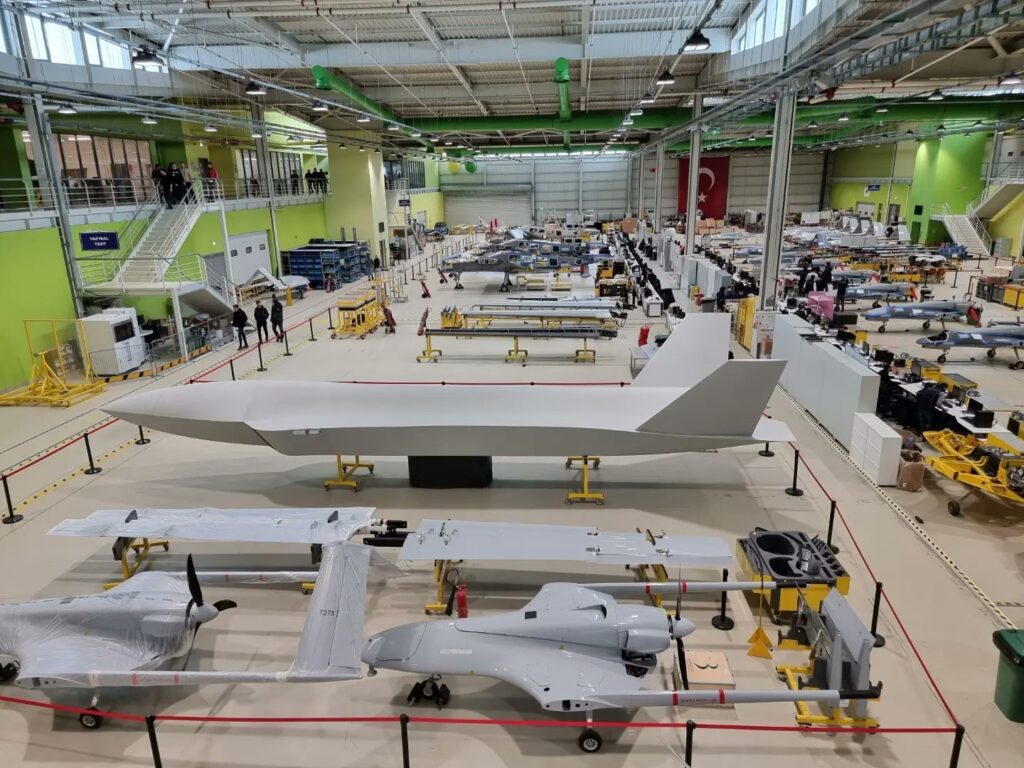Most of you would have heard of the Pentagon’s Project Maven which came to the limelight because Google employees forced it to exit a multi-billion dollar Pentagon Initiative. A project where artificial intelligence could map everyone’s home locations and make decisions on whom to terminate. That was however 5 years ago. Google now works on several DARPA, Pentagon, and CIA projects today that are more lethal and fully AI-driven. But it has framed its own set of guidelines and can no longer be caught flat-footed for assisting autonomous weapons.

Who makes these AI killer drones?
All major powers of the world are making these AI-driven killer machines with no clear leader. Billions are being spent, but the money is no longer the criteria that decide the leader in AI-driven killers. Ever since drones have arrived in AI-driven aerial combat missions, the rules have changed. Apart from automated aerial killers, there are also robotic soldiers and others using autonomous weapons, but we will look at them while we study the next chapter on Robots.
We will here look at autonomous weapons fired from the skies, land, or even from boats as long as they are aerial strikes. The first strikes were reported when the Turkish Kamikaze drones first arrived in Middle East when the STM Kargu 2 drones were used by the Government to destroy homes and warehouses of rebel leaders. A few months later another Turkish drone which was bigger and more sophisticated was deployed by Ukraine where they reportedly struck airbases at Saratov and Ryazan – deep inside Russia. Ukraine’s main military drone is the Turkish-made Bayraktar TB2 with a wingspan of 40 feet. It is about the size of a small plane, has cameras on board, and can be armed with laser-guided bombs. A Bayraktar drone was used in the attack which sank the Russian warship Moskva in the Black Sea in April 2022 and has made several attacks on the Crimean port. It is small, difficult to detect, lethal, and affordable which makes it the hot favorite for the arms-starved nation. Ukraine has also the US-based switchblade Kamikaze drones but has not used them actively as they are ten times more expensive with a poor bang-to-buck ratio. Cheaper and smaller drones employed in large numbers are preferred to costly drones with more firepower.

Russia uses the Iranian-built Shaheed-136 drones in the war zone as they are smaller with a wing span of less than 10 feet extremely difficult to detect by radar and equally lethal. It is literally low-cost cruise missile costing less than $20,000. Powered by a cheap commercial moped engine they score the highest hits and are the cheapest. Though the speed is slow they can easily loiter in the skies undetected, till they are told to attack. They have the best bang-to-buck ratio being the most lethal and the cheapest. These Kamikaze drones are used as a prelude to missile attacks or along with airborne missiles to evade sophisticated anti-missile weaponry. Ukraine pulled out the US Abrams M1A1 tanks from the front after the Russian drone attacks crippled 5 of the 31 state of art tanks American each worth $10 million.
US defense contractors like Kratos, General Atomic, and Boeing Australia are developing ICBM-type drones that can travel thousands of miles and target enemies with laser bombs or multiple drones. The logic is simple. Swarms of affordable drones released by high-speed aerial vehicles can make enemy defense look inadequate despite highly sophisticated tracking and anti-missile weaponry.
Turkey, Iran, France, Israel, the U.K. India, China, Russia, and several others have Killer AI drones that can strike at will without human intervention. The Aarok is a medium-altitude, long-endurance (MALE) combat drone, designed and made in France. It has a 75 feet wingspan can deliver a payload of 3000 kg can fly for 24 hours on a Pratt and Whitney turboprop engine and is in the same class as the US made MQ – Reaper drone or the Chinese Caihong 4 (CH4). China is also developing a range of swarm drones that can multiply mid-air during operations. The new drone is similar to a consumer-grade Chinese DJI multirotor, which can split into two, three or even six smaller drones depending on battle needs.
Which are the top nations in the AI Killer drones leaderboard?
Israel has been one of the largest makers and exporters of UAVs. It operates at least three types of UAVs that can be armed and have been used to conduct regular strikes against suspected militant targets – the Heron TP, the Hermes 450, and the Hermes 900. An India-built Israeli drone the Hermes 900 Kochav a proven medium-range long-endurance UAV been reportedly despatched for use in the Gaza Strip. Israel is farming out the production of its UAVs to several nations to ensure higher volumes from outside the war zone. Along with the famed Turkish Bayraktar and the Iranian Shaheed drones they control the medium-range UAV market which is the largest market for AI-backed killer drones.
Only 3 nations Turkey, Iran, and Israel have real combat experience in AI-driven Autonomous killer drones with hundreds of successful sorties. Yet with a dozen nations making and exporting these drones, the technology is no longer exclusive and the autonomous weapon will be soon available to each nation and every terror group that can buy them.
For more watch our YouTube Video on the Ecothrust channel
———————————